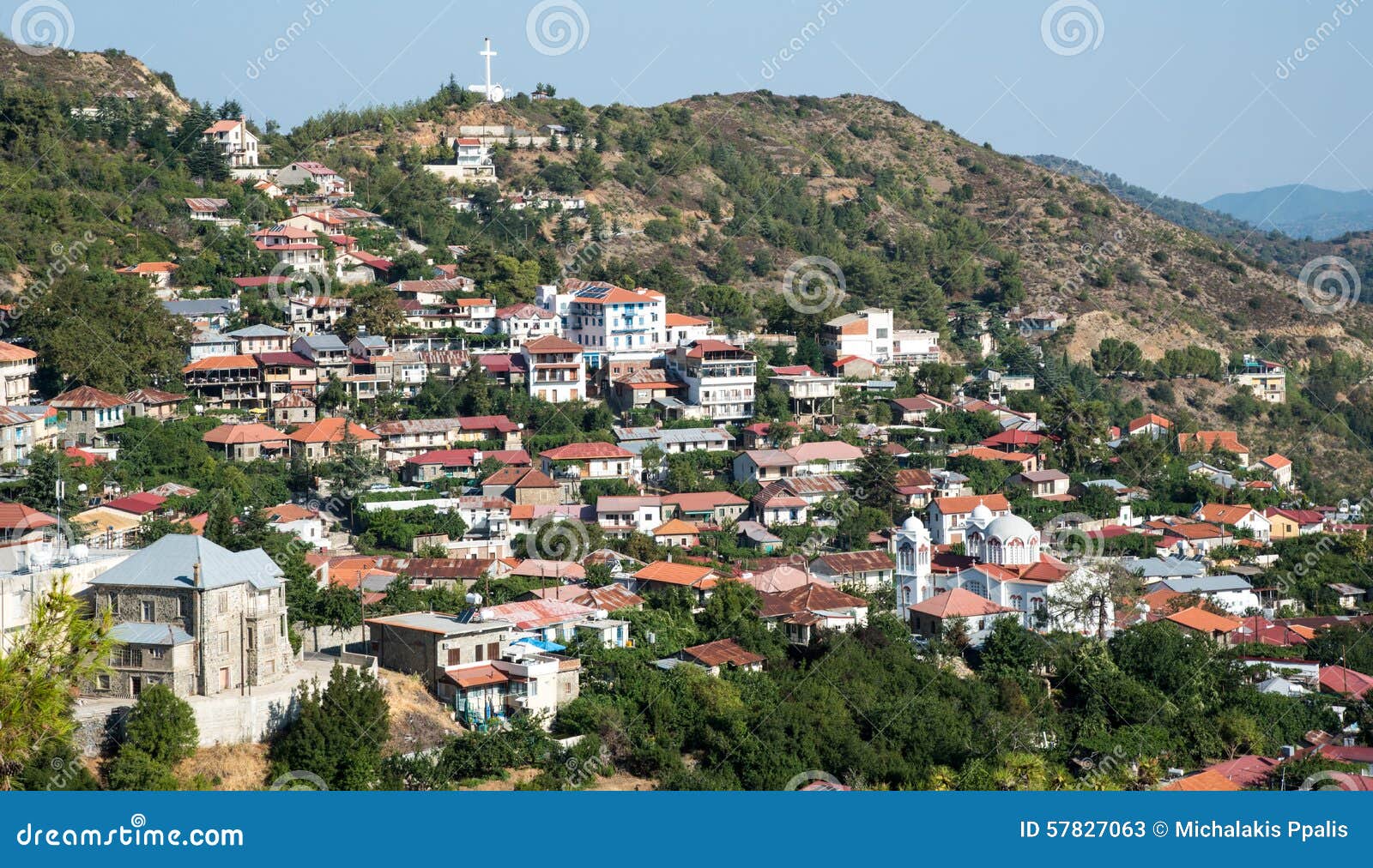This Youtube video takes a close look at three fortification in the Lord of the Rings movies and evaluates how realistic they are. Just for fun, I'm going to argue that the movie fortifications are better than this guy makes out.
The three in questions are Edoras, the Hornburg in Helm's Deep and Minas Tirith.
A portcullis or second gate probably would have been used but that would mean slowing the movie while the orcs battered their way through two gates so I'll forgive them some dramatic license in leaving it out. A large, determined enemy such as the orc force in The Two Towers would have been able to breech a portcullis, anyway so it makes no difference in the end.
The lack of crenelations in the curtain wall does seem to be a mistake. These were normally built to allow archers to have cover while firing at the enemy. They were probably eliminated in a piece or artistic license to allow for the defenders to be shown lined up along the top of the wall.
However, a case can be made that not having crenelations made the wall easier to defend against ladders. The orcs could have climbed above the defenders and dropped on them from above instead of trying to climb onto the points of the defenders.

Not all castles incorporated all possible features. I'd rate the Hornburg as being stronger than most English castles, even with the deficiencies noted.
Minas Tirith

As I said before, originally this was one of two massive fortified towns meant to guard the capitol city of Osgiliath. As the population of Gondor declined, Osgiliath was abandoned and fell into ruin and Minas Tirith became the capitol. It was carved into a mountain with a peak jutting through the city, It was constructed in concentric rings with staggered gates which made it nearly impossible for siege equipment to be used on the other gates even if the great gate was breached. In all there were seven gates before you reached the citadel at the top.
This was a seriously fortified city. It was much stronger than anything built in the Middle Ages in Europe. So what were the complaints about it?
The main complaint was that it was too steep. This is true - you would need to do a lot of climbing if you were in on lower ring and needed to do business with an upper one. It's steep but you can find people living on steep mountains all over the world. The mediteranean has several villages that wold require a lot of climbing. This on on the Isle of Cyprus is much higher than Minas Tirith.


There is the same complaint about the lack of a portcullis. In this case, Tolkien gave a detained description of the gate. The reason that gates are attacked is because they are a weak spot. A portcullis is added to strengthen the gate. But the great gate at Minas Tirith was a wonder all by itself. Instead of being wood bound with iron, they were iron and steel. You couldn't just send some people with axes to chop through it. It took a custom-made battering ram, 100 feet long to burst the great gate. A portcullis wouldn't have lasted a second against Grond.
In the book, the great gate was breached then the army of Mordor drew back a bit and the Witch King rode to the gate with his hood thrown back and a gold crown sitting on his invisible head. Gandolf rode out to meet him and the Witch King drew a flaming sword. But they were interrupted by the arrival of the Army of Gondor.
In the movie the orcs and trolls invaded the first level and the defenders pulled back to the next level before the Riders of Rohan arrived. The Extended Edition had a variation of Gandolf's meeting with the Witch King.
Regardless, even with the gate breached and the army of Mordor inside the first wall, it was still going to be difficult for them to advance further. The remaining six gates were smaller and staggered. The orcs and such would be bottled up in the streets with arrows and loose masonry raining down on them and no chance of bringing Grond or other siege equipment into the narrow streets. The battle would have devolved into a long siege with the orcs trying to undermine the walls or tunnel under and up. Assuming Gondor had enough food, the siege could have gone on for years. The impression of Rohan and the fleet brought by Aragorn saving Gondor at the last moment is false.
In fact, the only real complaint that can be made about Gondor was that it was too good.
Note - a few things were dropped from the book. Minas Tirith should have been surrounded by miles of farms and it took two days for all of the reinforcement to arrive before Mordor's army. Again, this is forgivable in a movie that was already very long.
To summarize, the fortifications as described by Tolkien and depicted in the movies compare very well with real life counterparts. A few liberties were taken so as not to slow the action but in general these were very good examples of the types of fortifications they were meant as. Anyone who spends 20 minutes trying to poke holes in them is just engaging in self-aggrandizement.